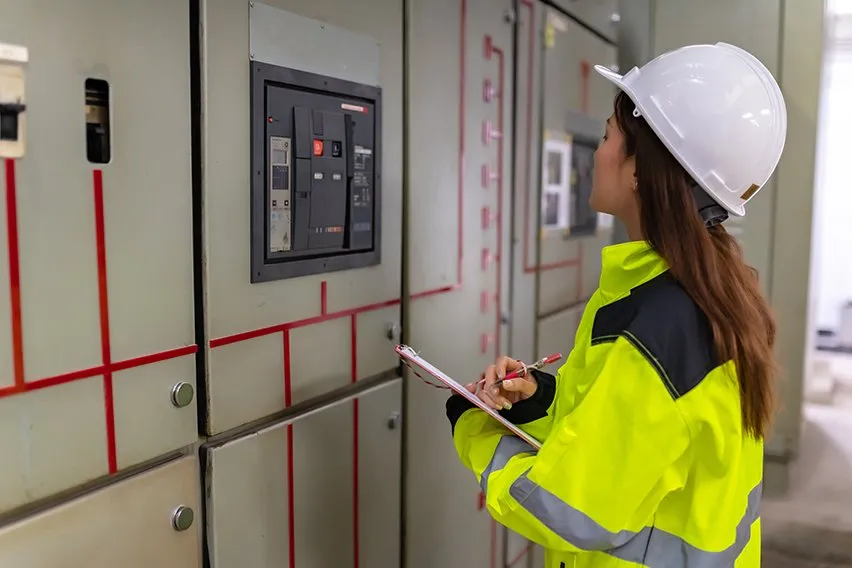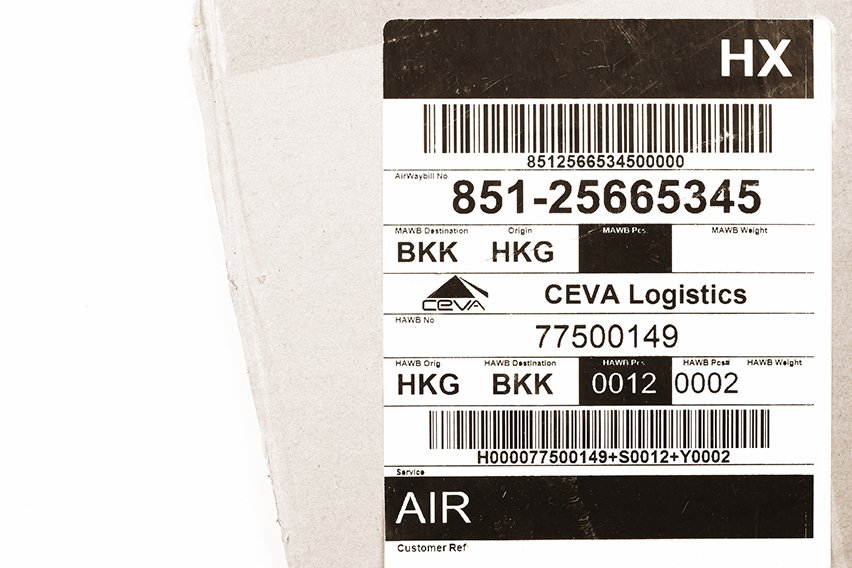What Is a Distributed Control System?

A distributed control system (DCS) is a type of control system for industrial systems. It’s distinct from other types of control systems in that it’s not run by a single computer. Instead, a DCS distributes the workload to a number of smaller systems throughout the facility. In many ways, it’s similar to cloud computing, in that work is spread out rather than centralized.
Distributed control systems were originally used in large operations with high levels of safety risk. These are companies like oil refineries and chemical plants, where a technical failure could lead to disaster. Better digital security protects against outside threats. And a DCS helps prevent avoidable accidents.
Unless you’re running at least a mid-sized factory, you’ll never actually need to use a DCS. But when dealing with customers or vendors, it can be helpful to understand how their processes work. Here’s a quick primer.
Here’s What We’ll Cover:
DCS Systems Versus PLC Systems
How a DCS Works
The main advantage of a DCS is that it’s highly reliable. Process industries depend on continuous production from a large number of machines. If there’s a failure in a single machine, production can often be scaled back slightly rather than halted. Other machines may even be able to ramp up production to compensate.
But with a centralized control system, a failure in one sensor can cause the whole system to crash. One machine fails, and the entire production line shuts down. A DCS can adjust to individual errors in real time, removing a lot of uncertainty.

Process control systems are organized in a series of nested levels. Level 0 devices are actual devices in the field. For example, flow monitors or shutoff valves in an oil refinery.
Level 1 devices are industrialized Input/Output modules. These I/O modules control groups of Level 0 devices, forming individual control loops. Those loops are then supervised by Level 2 computers, where human operators can monitor the system.
Let’s say you have four tanks, with four fuel pumps and four tank level sensors. Each pump and sensor is a single Level 0 device. You might then have all four pumps linked to one Level 1 device, and the sensors linked to another. Both Level 1 devices could then be linked to a Level 2 device. A human operator could then monitor the tank levels and pump status.
There are also Level 3 and Level 4 devices. These are for production control and production scheduling respectively. They’re still a part of the system, but they’re not a direct part of the control process. They provide analytic data and top-down supervision capability.
Physical connections between devices can utilize proprietary technology or use international standards. Regardless, most DCS control hardware uses dual redundancy. Two cables are run along different routes. If one cable is damaged, the system uses the other cable instead.
DCS Systems Versus PLC Systems
Many manufacturing industries still use a programmable logic controller, or PLC. A PLC is a single, centralized computer that’s designed to control a handful of production processes. It can perform a wide range of tasks, but it can’t handle more than a few individual machines.
A PLC is ideal for small-scale applications where the control logic is relatively simple. For example, a local water treatment plant might only use a dozen control loops. At that scale, a human operator or small team can easily maintain central control. Control elements are limited to a single computer, but again, that’s all that’s needed in this case.
Now, imagine a larger system, like our earlier example of a refinery for the gas industry. You could have thousands of intelligent field devices for dozens of critical processes. A single system can’t handle that kind of load.

That said, there’s some overlap between PLC and DCS systems. To begin with, PLCs can be used as autonomous controllers for individual control loops. Seamless integration into a broader integrated solution requires some industry expertise. But it’s essential for a number of advanced control strategies.
At the other end of the spectrum, PLCs get more powerful every day. They can now provide automatic control for larger facilities than ever before. In theory, you’ll soon be able to run a major plant using this kind of central control. In practice, PLC retains an advantage due to redundancy.
Key Takeaways
Distributed control systems are an essential part of modern large-scale manufacturing. Alternatives like PLC systems are quickly closing the gap in terms of scalability. However, because of how safe they are, DCS systems should remain the standard for some time.
Liked this guide? Want to learn about how smart technology can help your business? Our research hub has dozens of articles with tips, product guides, and more!
RELATED ARTICLES

 Everything You Need to Know About the Durbin Amendment
Everything You Need to Know About the Durbin Amendment What Is DCAA Compliance?
What Is DCAA Compliance? What Is a Rotating Shift?
What Is a Rotating Shift? SKU vs UPC Code: What’s the Difference?
SKU vs UPC Code: What’s the Difference? What Is Slotting? Definition, Best Practices & Benefits
What Is Slotting? Definition, Best Practices & Benefits Can a Business Owner File for Unemployment?
Can a Business Owner File for Unemployment?